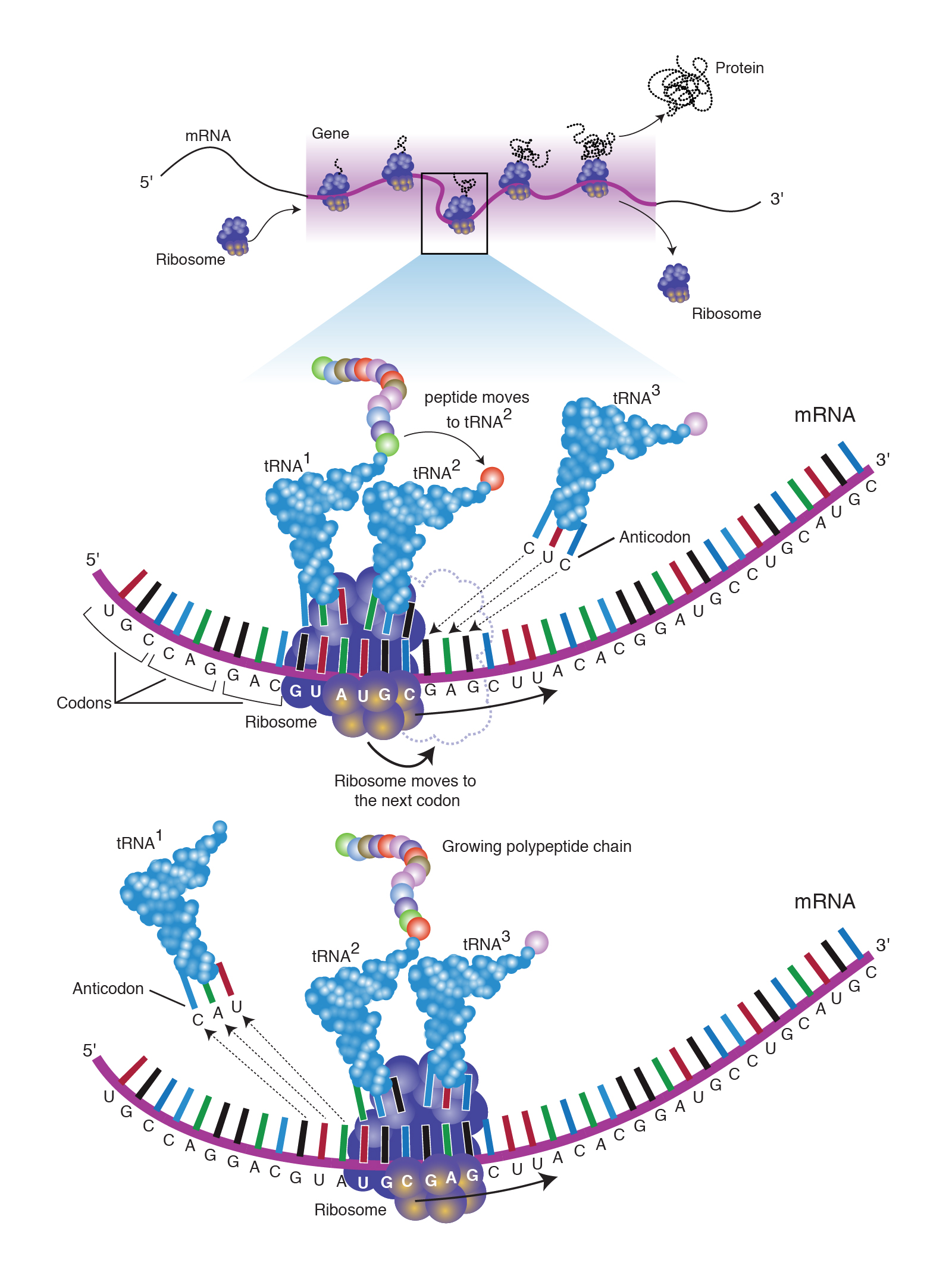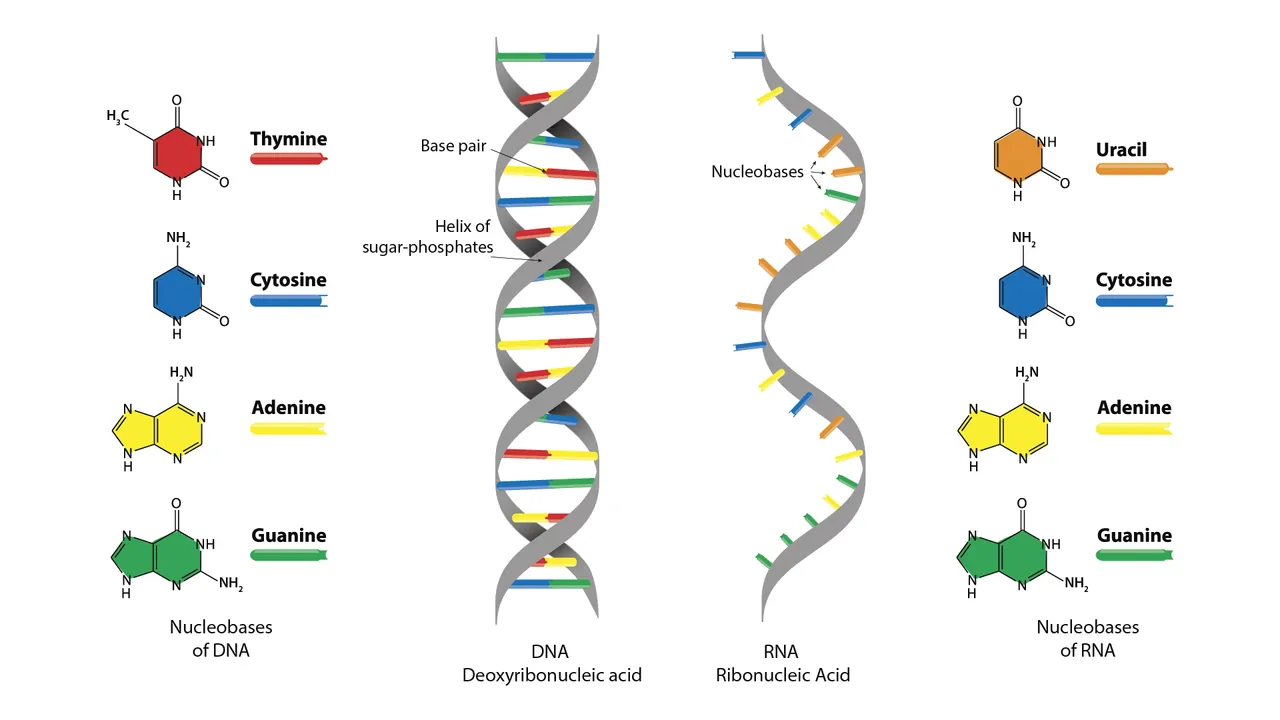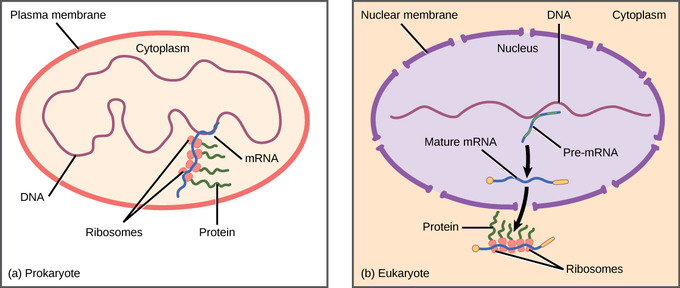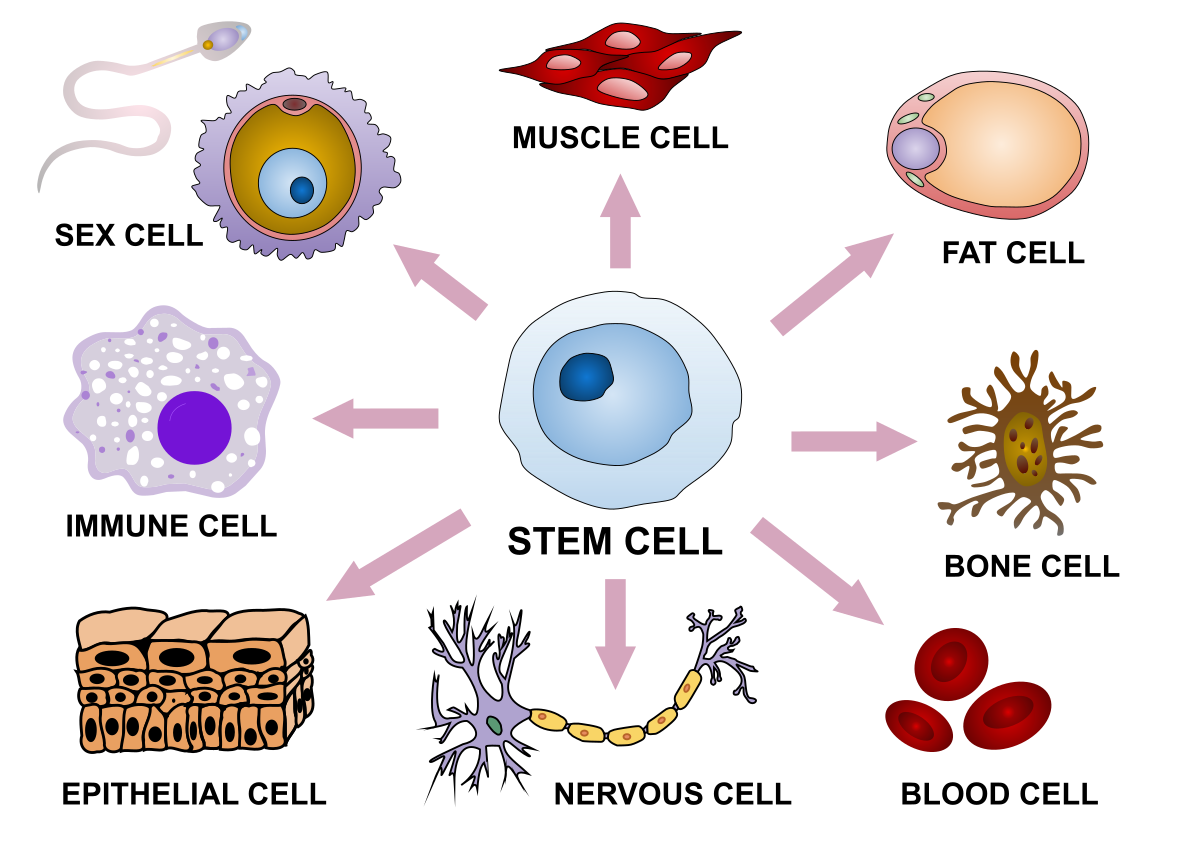Gene Expression and Cell Specialization Study Guide
Introduction:
The process through which information from a gene is used in synthesising a functional gene product is known as gene expression. This process enables the production of end products, protein or non-coding RNA that affects phenotype. Cell specialisation, also known as cell differentiation, is the change process from one cell to another. Let’s know about both of these concepts in detail.
Gene Expression
Transcription is the primary regulator of prokaryotic gene expression. Epigenetics, transcription, post-transcription, translation, and post-translation all affect eukaryotic gene expression.
Promoters are DNA sequences upstream of the transcription start site where RNA polymerase and transcription factors bind to initiate transcription.Negative regulatory molecules inhibit gene expression by binding to DNA and blocking transcription.
- A DNA molecule is made up of more than just nucleotides. Instead, it is divided into functional units called genes. Each gene produces a functional product or molecule that serves a specific purpose in the cell. A gene’s functional outcome is typically a protein.
- Gene expression is the process of using a gene’s genetic code – the nucleotide sequence – to drive protein synthesis and construct the cell’s structures.
- Genes that code for amino acid sequences are known as structural genes.
- Transcription and translation are the two fundamental basic steps of gene expression.
- Even though each cell has the same genome and DNA sequence, it does not turn on or execute the same set of genes.
- Each cell type requires a particular assortment of proteins to execute its purpose. As a result, the proteome (The phrase can be used to describe the variety of proteins generated in a certain cell or tissue type at a specific period.) of a cell is made up of just a small number of proteins.
- DNA must always be transcribed into RNA to express proteins, which must subsequently, translated into protein. Because different cells in our body have different tasks, not every gene encoded in DNA is transcribed into RNA or translated into protein in each type of cell.
- Only a portion of the genes encoded by our DNA is expressed and translated into proteins at any one moment.
- Gene expression is a highly controlled process with several levels and stages of regulation. This intricacy guarantees that the right gene is expressed in the right cell at the right time.
Prokaryotic gene expression:
- Prokaryotic organisms are single-celled organisms that lack a defined nucleus; therefore, their DNA is loose to drift about in the cytoplasm.
- In creating a protein, the processes of transcription (DNA to RNA) and translation (RNA to protein) occur almost simultaneously.
- When the generated protein is no longer necessary, transcription stops. As a result, regulating transcription is the primary method for determining the type of protein generated and how much of each protein is produced in a prokaryotic cell.
Eukaryotic gene expression:
- Intracellular organelles of eukaryotic cells, on the other hand, enhance their complexity.
- DNA is housed within the nucleus of eukaryotic cells, translated into RNA.
- Subsequently, the freshly produced RNA is transferred to the cytoplasm, translated into protein by ribosomes.
- The nuclear membrane physically separates the transcription and translation processes; transcription occurs only within the nucleus, whereas translation takes place only outside the nucleus in the cytoplasm. Gene expression can be regulated at any point during the process.
Cell specialization:
Eukaryotic cells become specialized for distinct roles in complex multicellular organisms. The division of labor is another term for this. Because the cells in a tissue acquire specialized adaptations for that purpose, specialization allows them to perform more efficiently. Differentiation is used to create these separate specialized cells. These specialized eukaryotic cells have developed distinct adaptations to assist them in carrying out their duties. A cell’s structure, for example, is altered to assist it is doing its role (this is why specialized eukaryotic cells can look extremely different from each other)
Adaptations to the structure include:
- The cell’s appearance
- The organelles that a cell has (or does not have)
Consider the following scenario:
Cells that create a lot of proteins will have a lot of ribosomes, which will help them do this role (the organelle responsible for protein production)
Role of DNA in cell differentiation:
- DNA, or dexoyribonucleic acid, regulates how cells work. It also decides which specialized cells will be produced. Stem cells can transform into any specialized cell in the body.
- Chromosomes are tightly coiled with DNA. Distinct sections of the chromosome code for every function and cell type. Not all chromosomal portions are activated or expressed at the same time.
- In each cell, just the areas required to accomplish a given function are expressed. These areas are frequently shown as bands or stripes on a chromosomal diagram. These bands are known as genes, and the expression of a gene determines the type of cell produced.
- Genes that are expressed (turned on) in a nerve cell, for example, are not the same as those expressed in a muscle cell. Both cells have the same DNA, yet they produce different cell types by expressing different genes.
Conclusion:
- The process of transcribing DNA into RNA and subsequently translating RNA into proteins is known as gene expression.
- Transcription is the primary regulator of prokaryotic gene expression. Epigenetics, transcription, post-transcription, translation, and post-translation all affect eukaryotic gene expression.
- Cell specialization, also known as cell differentiation, is the process through which “generic” or “common” cells transform into specialized cells with defined tasks.
- Generic embryonic cells differentiate into specialized cells through cell differentiation. This happens as a result of a process known as gene expression.
- Gene expression refers to the set of genes that are switched on or off (expressed or repressed), determining how a cell works.
FAQs:
1. How does gene expression affect cell specialization?
Generic embryonic cells differentiate into specialized cells through cell differentiation. This happens as a result of a process known as gene expression. Gene expression refers to the set of genes that are switched on or off (expressed or repressed), determining how a cell works.
2. What is cell specialization?
Cell specialization, also known as cell differentiation, is the process through which “generic” or “common” cells transform into specialized cells with defined tasks.
3. How is gene expression regulated in eukaryotes?
Epigenetics, transcription, post-transcription, translation, and post-translation all have a role in eukaryotic gene expression.
4. What are examples of cell specialization?
- Neurons are specialized cells in the brain that transport messages.
- Sperm Cells are the male reproductive cells. Human reproduction requires specialized sperm cells.
- Plants contain specialized cells called xylem and phloem that are primarily responsible for transport.
- Cells of the root hair. Root hair cells are cells found in the minute projections on the roots of plants, as their name indicates.
5. What triggers cell specialization?
DNA, or deoxyribonucleic acid, regulates how cells work. It also decides which specialized cells will be produced. Stem cells are cells in the body that can transform into any sort of specialized cells.
We hope you enjoyed studying this lesson and learned something cool about Gene Expression and Cell Specialization! Join our Discord community to get any questions you may have answered and to engage with other students just like you! Don’t forget to download our App to experience our fun, VR classrooms – we promise, it makes studying much more fun! 😎
Sources:
- Gene Expression. https://flexbooks.ck12.org/cbook/ck-12-biology-flexbook-2.0/section/4.11/primary/lesson/gene-expression-bio/. Accessed 20 Dec, 2021.
- Gene Expression. https://www.genome.gov/genetics-glossary/Gene-Expression. Accessed 20 Dec, 2021.
- Explanation of Cell Specialization. https://sciencing.com/explanation-cell-specialization-6363421.html. Accessed 20 Dec, 2021.
- Cell Specialization and Differentiation. https://www.texasgateway.org/resource/cell-specialization-and-differentiation. Accessed 20 Dec, 2021.




